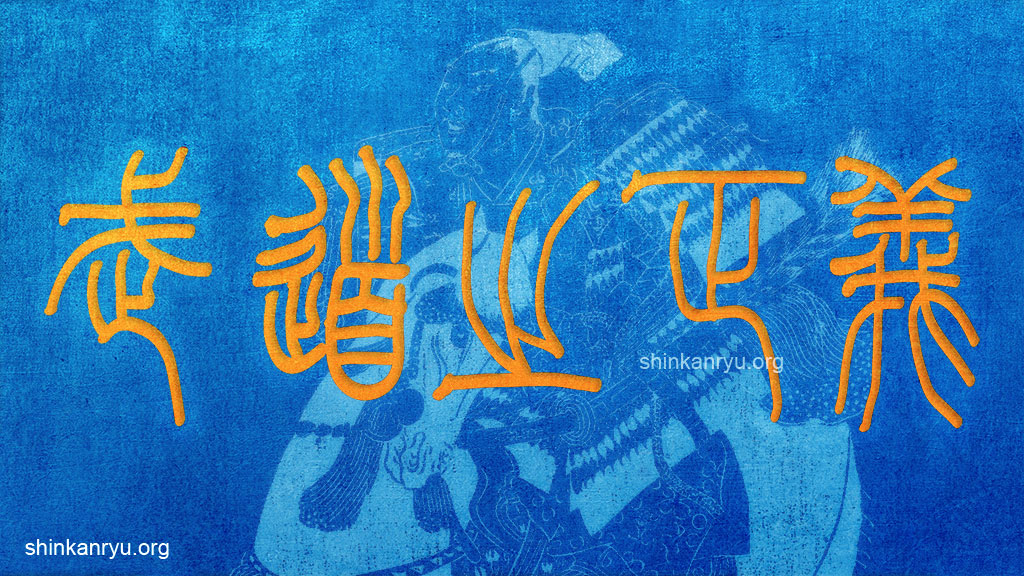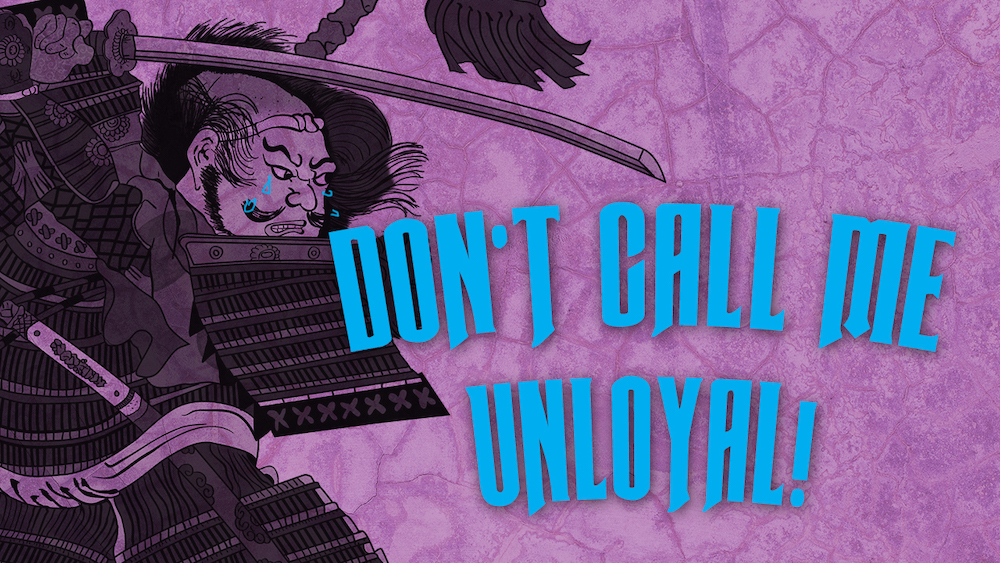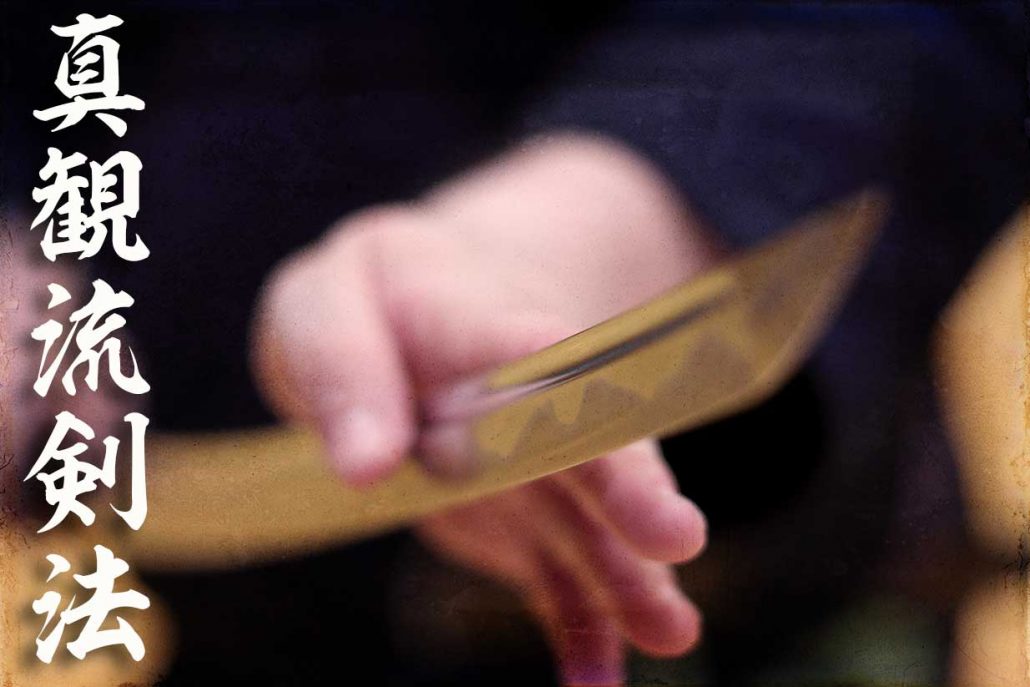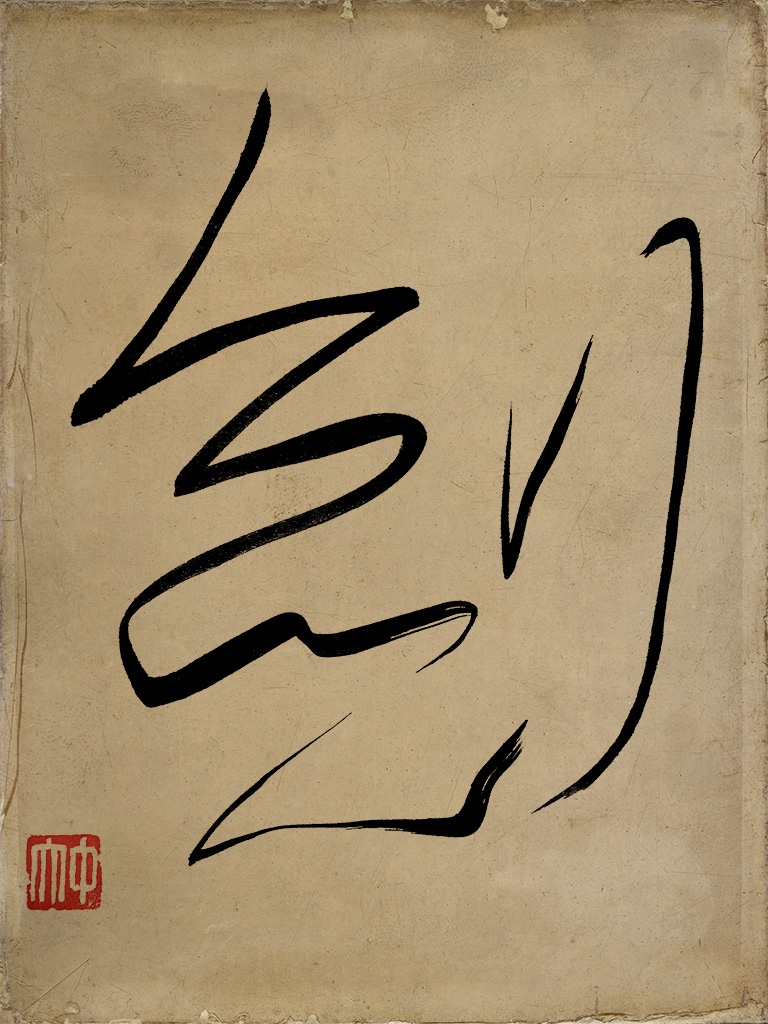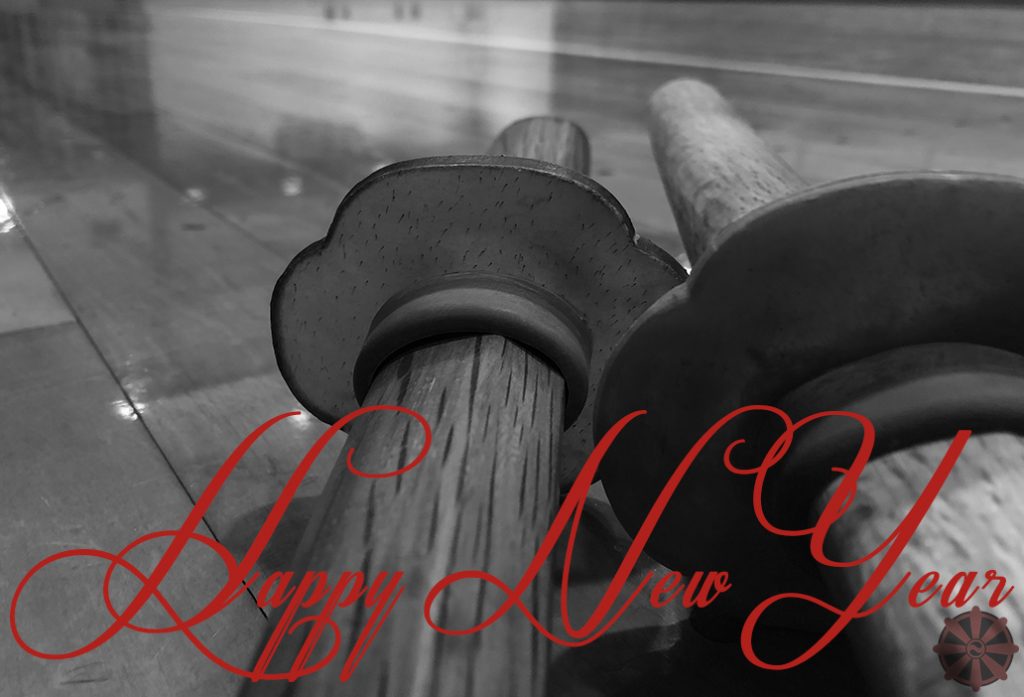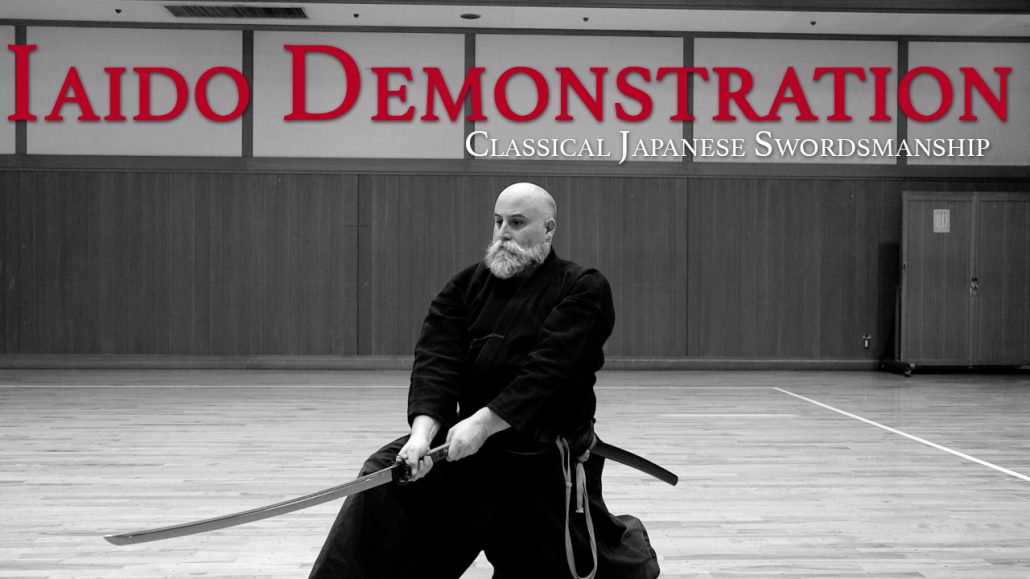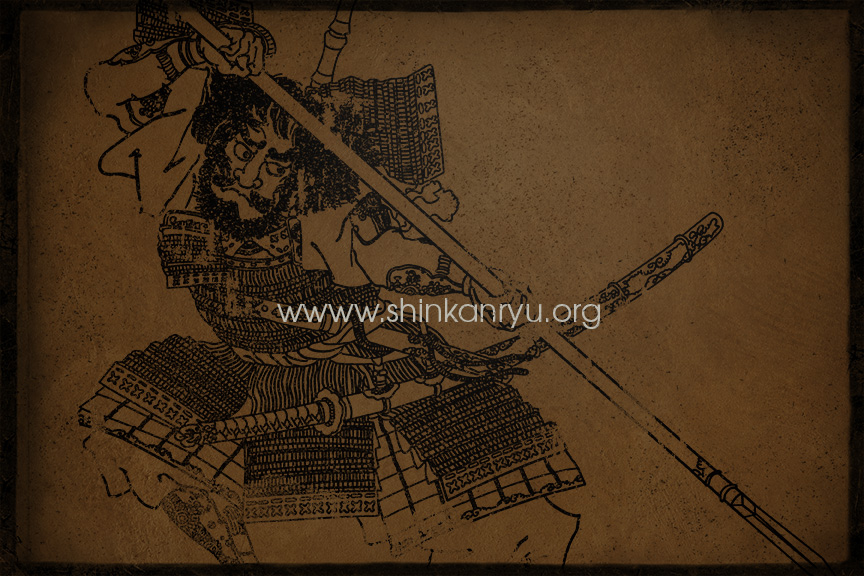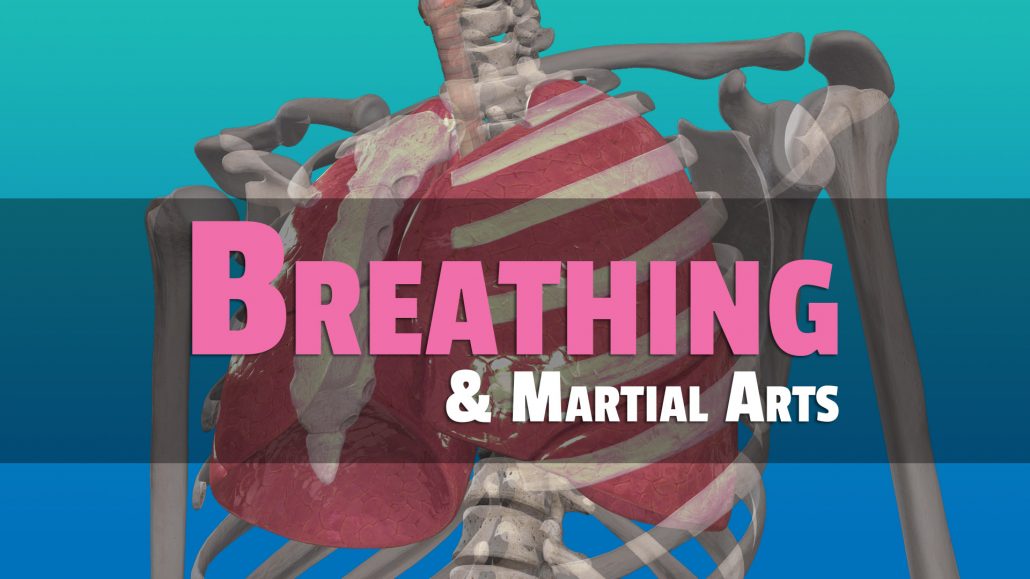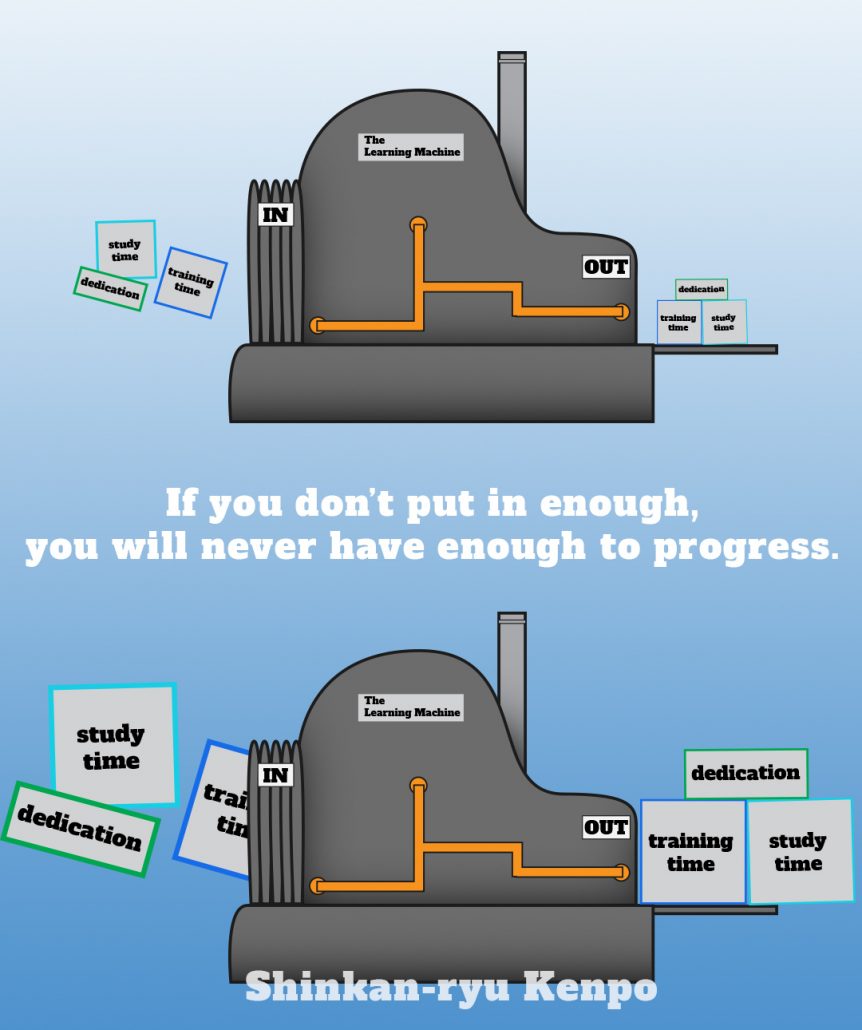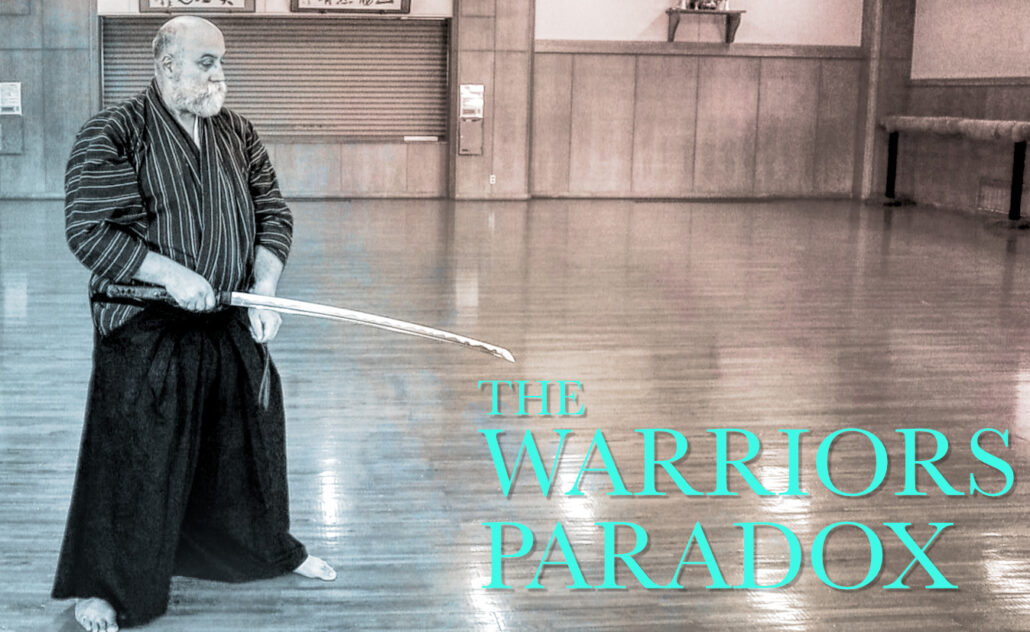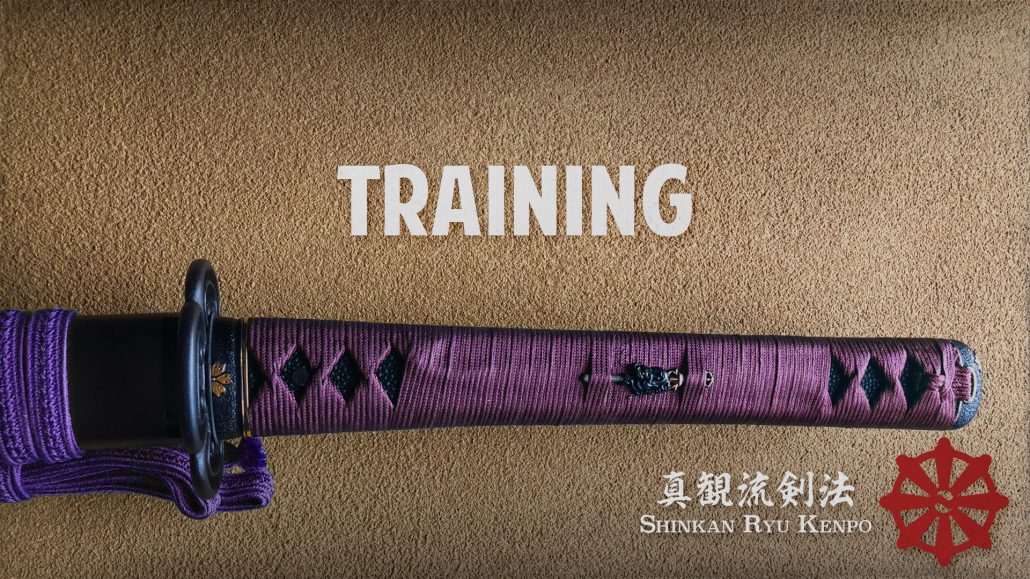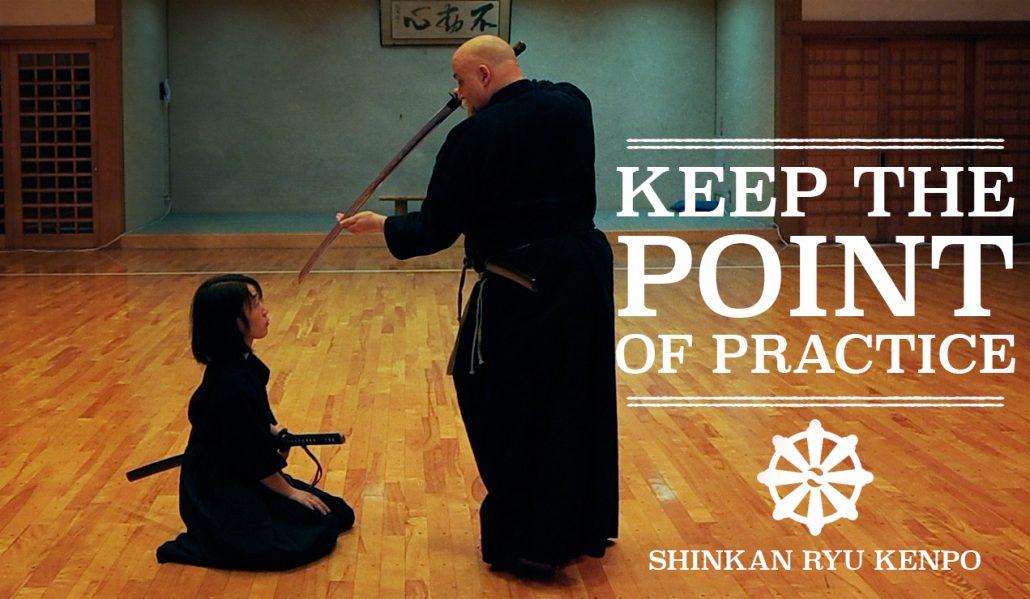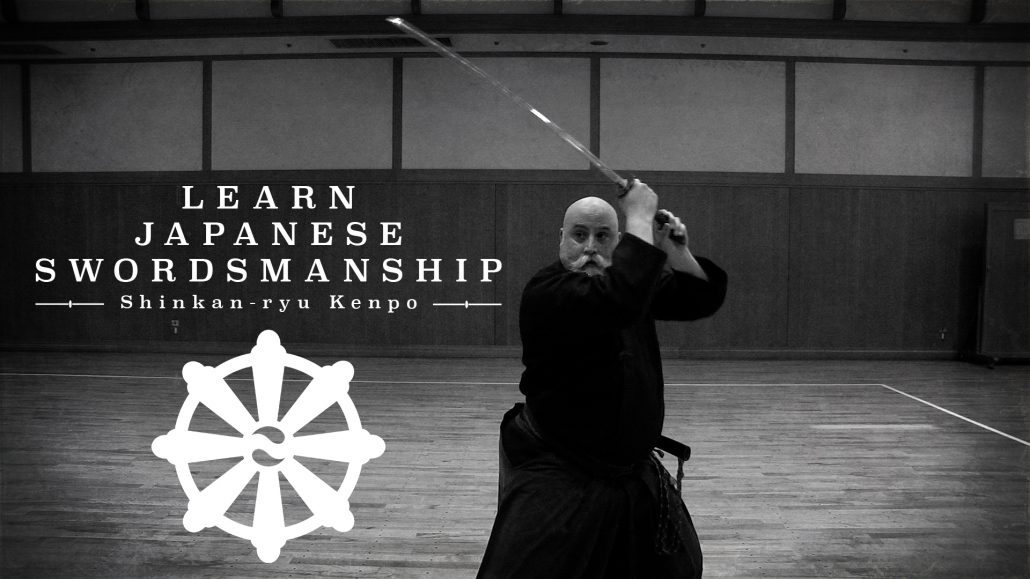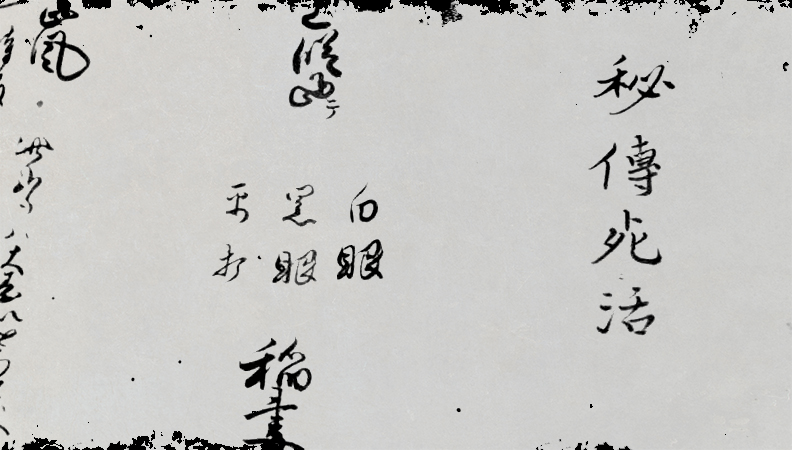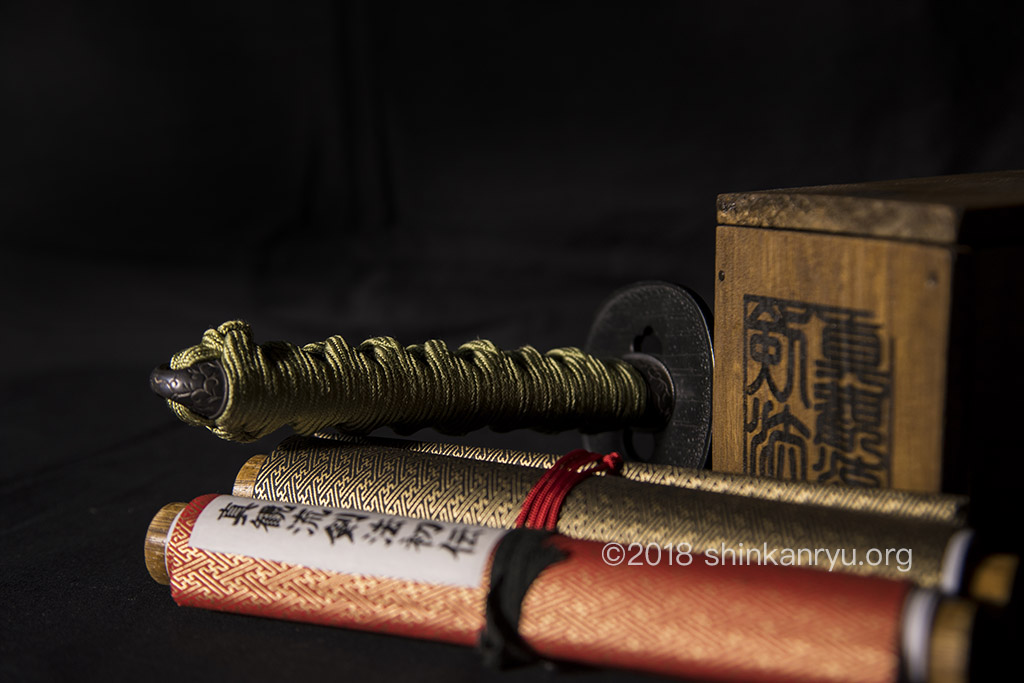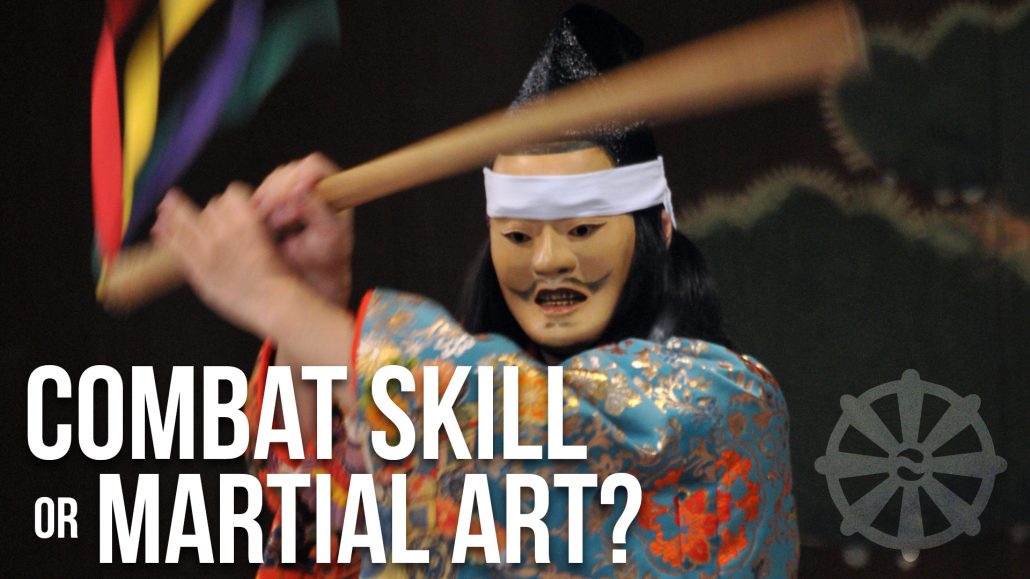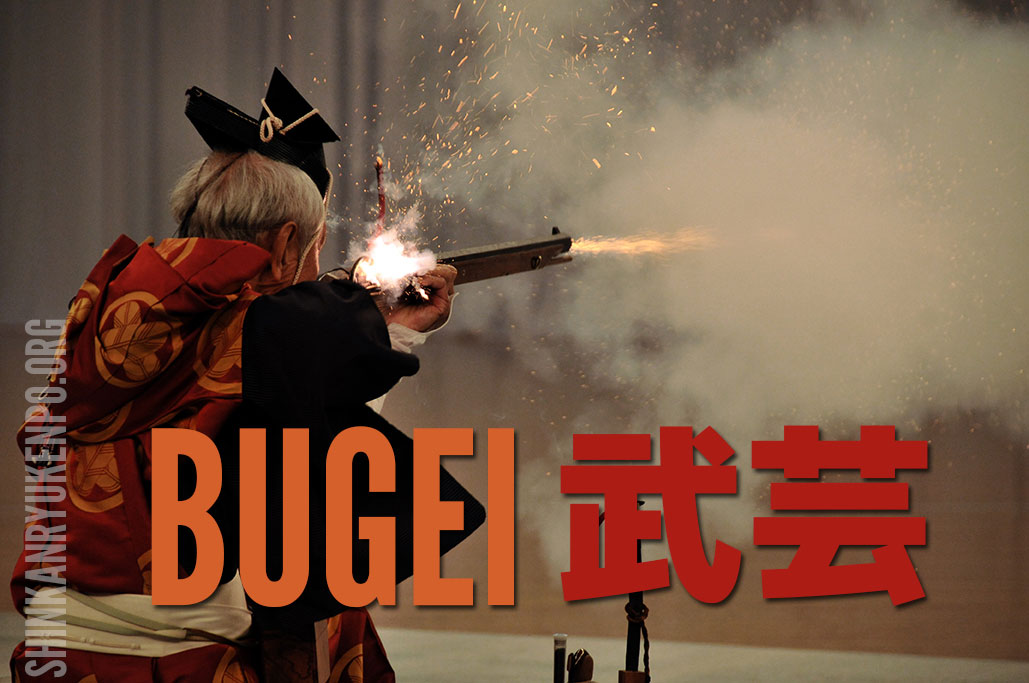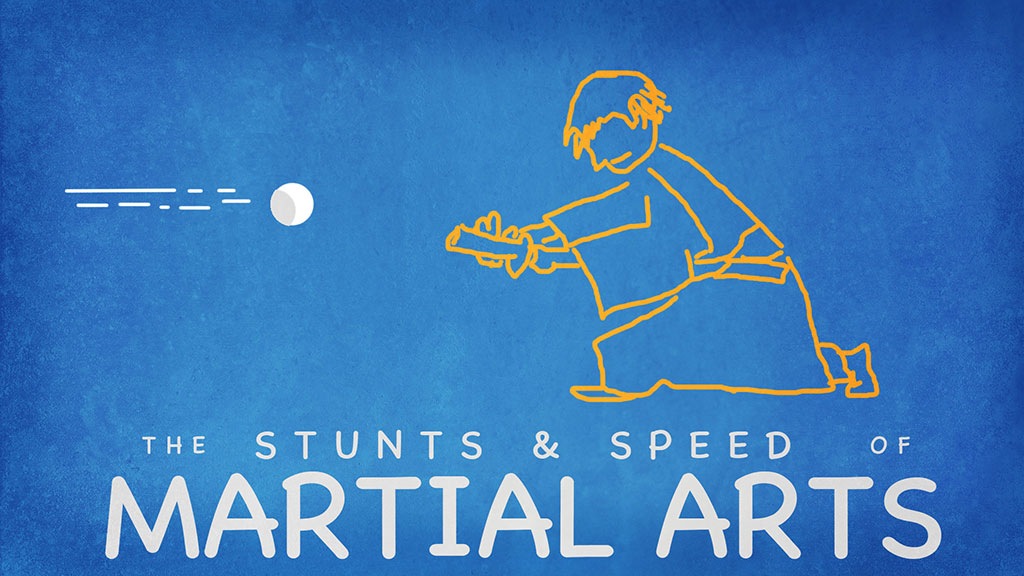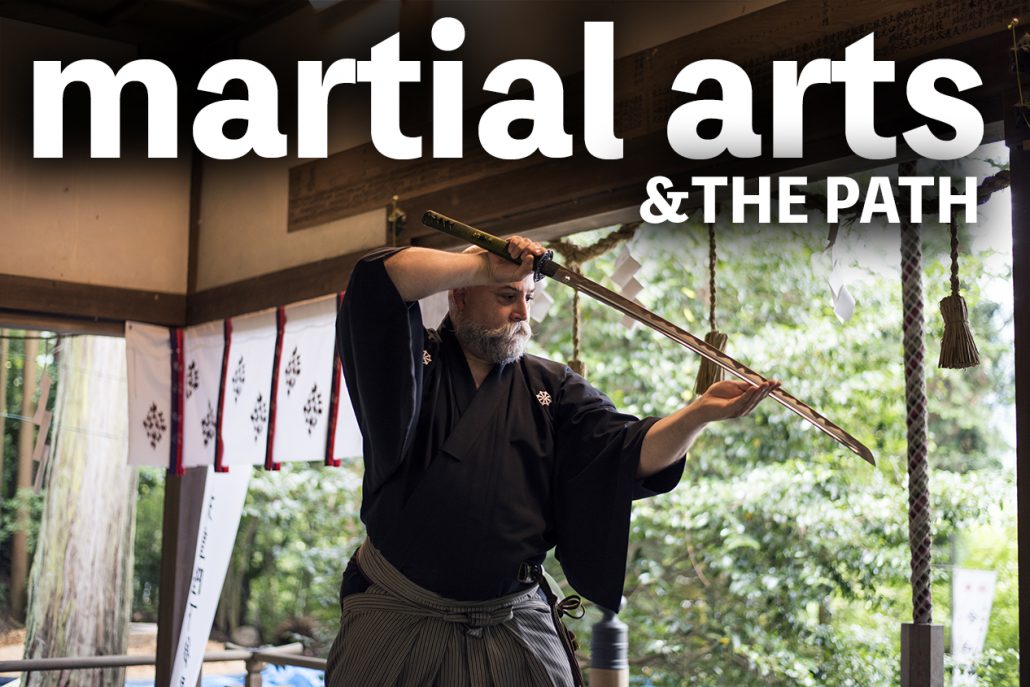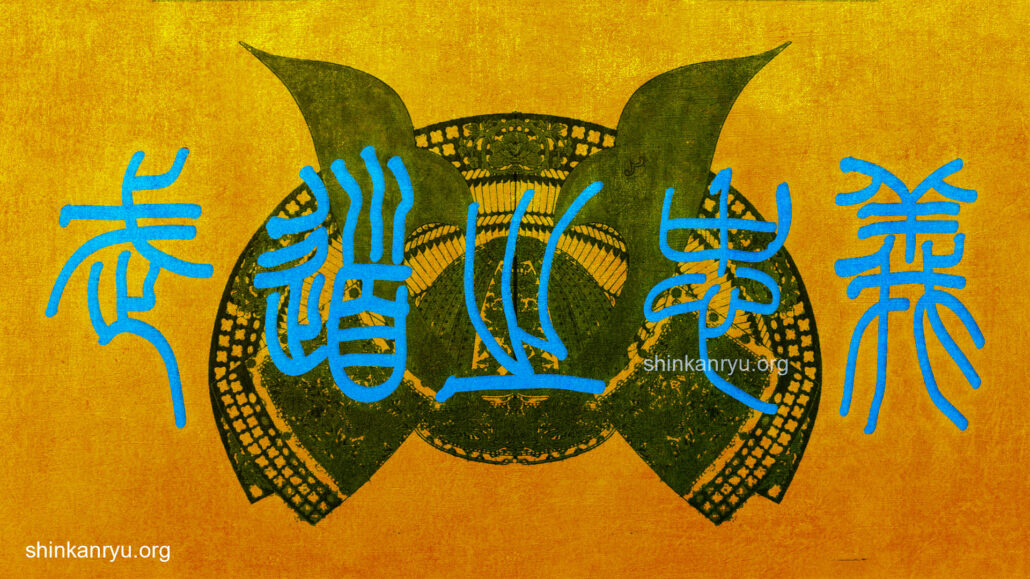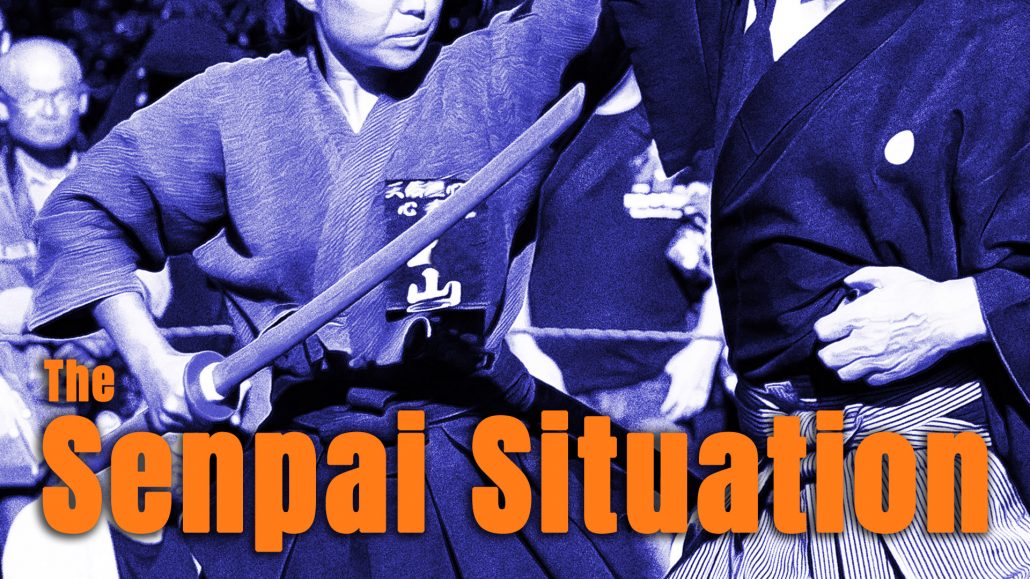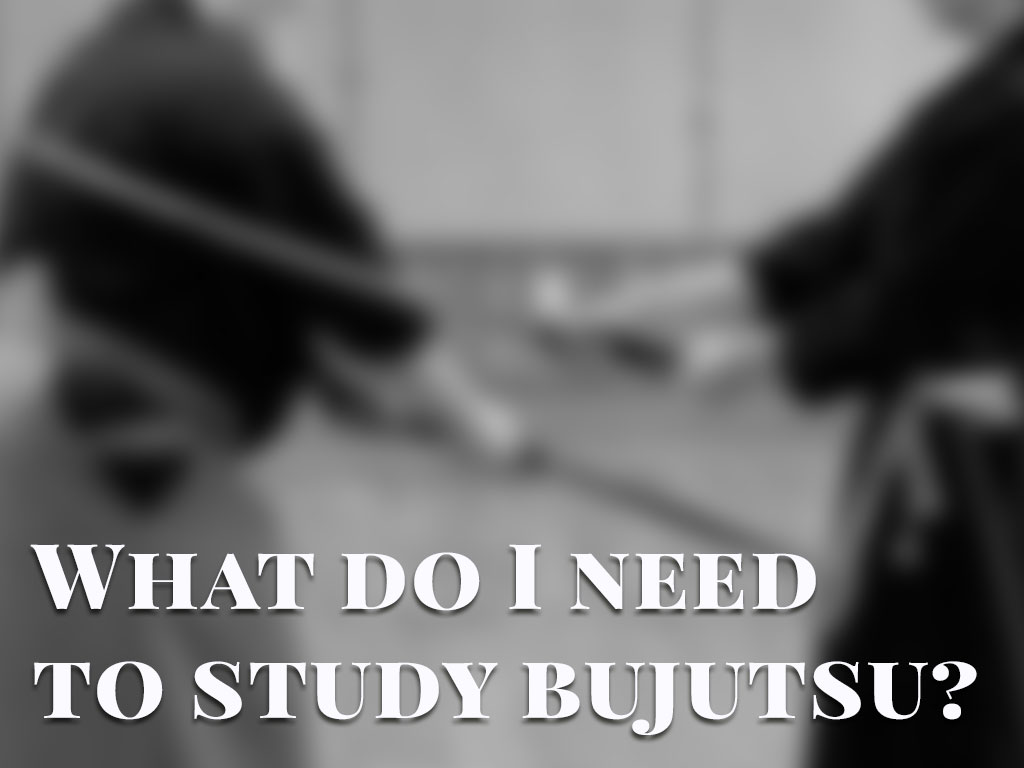Being righteous and doing the right thing is one of the foundations of body and speech actions, as well as mental formations. Righteous decision making is beneficial to everyone. We have a tremendous responsibility to behave righteously when we wield power.
In the modern age, there is no less of an issue with doing what is right than there was with the samurai in pre-modern Japan. Warriors and bureaucrats within the samurai caste, in general, were afflicted with all the same issues we are today. Laziness, hatred, ignorance, short tempers, anger, selfishness all existed with warriors of pre-modern Japan to varying degrees. Seldom was anyone perfect. Few actually strived to be. It is no different in the minds of anyone today than a few hundred years ago. The trap of romanticizing the samurai warrior is very real and very sticky.
Today the need for righteousness is just as critical as it was in 1645. There are certainly many people acting appropriately, but the majority of us act selfishly more than in an honest way. One of the virtues of bushido is seigi 正義. Gi is often touted as one of the eight virtues of bushido. One must understand that the seven virtues that you often see today (gi,yū, jin, makoto, rei, chūgi, and jisei) were, not a cookie-cutter list given to each samurai at birth. Bushido was a fluid concept and meant something different from different clans or groups or families. They were either longer or shorter, and for some people, codes like that didn't even really exist.
True Warrior Efforts & Integrity
Seigi translates as correct action or proper integrity. A just behavior and attitude. It might seem like common sense that this virtue is important. However, even a cursory glance at martial arts schools and practitioners will show you there is a lack of seigi. Not only is there often a lack of seigi but there is a lack of cultivating such a virtue.
When someone is being abused, we should step in and help. I am not talking about physical assault. I am speaking of verbal and emotional abuse as well. Online it is a rampant problem. In the dōjō, violence can be very subtle. There are instructors who turn a blind eye or just don't have the wisdom to see what's going on. It is then that we must have the correct understanding to demonstrate righteous actions.
We all have ideas of what is and is not right. How to know what is and isn't righteous? We must use our righteous posture when things are bent towards the unwholesome end. When suffering will befall someone it is a clear sign of unrighteous behavior. If our actions propel our status or gain at the expense of another it is unwholesome. If our actions damage the physical or emotional property of another it is unjust.
Richochet
One of the basic tenets among cultures and religions is that one should not lie. Lying is a direct path towards seeing the kamma tree burst with rotten fruit. What we sow we in turn reap. Whatever our actions, body, speech or mind they must be without ill intent. Going a step further we must be more careful. It is something I always struggle with.
Our minds are pregnant with many thoughts. Swirling and hard to predict. This is why deep contemplation or meditation has always been deeply connected with quality martial arts. The Buddha said that the mind is the forerunner of all things. If we act or speak with a defiled state of mind and suffering will follow. However, if we have a pure state of mind then we become free from suffering and its ill effects.
A careless lip results in someone being hurt or emotionally damaged. The wrong words can be as damaging as a sword drawn at the wrong time. Creating righteous speech that as the iron spine of compassion and truth is important. Having the wisdom to understand what is righteous cleans our speech.
Our actions must also be righteous. A just person does not harm others or learn martial arts for the purposes of violence.
We must uphold a moral character and straighten our spines with correct virtues. One should not take what is not given. A martial artist must resist slandering other schools and artists. When someone is morally or ethically corrupt, they should be admonished by his peers and shown the better path. We should shun harmful behavior.
All of this sounds like being a goody-two-shoes, but it isn't the goal or point. The goal is to rid ourselves of these bad habits that hinder us and cause others pain. It is living in and creating a more harmonious environment. If we cant, understand how to cultivate bushido virtues such as seigi, then we do not deserve to learn techniques that can cause suffering, injury, or death. It is the responsibility of every martial artist to improve this purity of seigi and bushi no konjō. Not to be pure, but to try. To admit when they fail and not give up trying. It is hard work. I am full of shortcomings. My teachers were, and their teachers were. But we are ill teachers and students if we fall back on the attitude of, "this is just how I am and there ain't no changing it."
The evil intent might outnumber us in society. Our Presidents and Prime Ministers, CEOs of major corporations, co-workers, and neighbors might blanket the landscape with their unrighteous behavior, but as guardians of the sword and its waza, we must endeavor to be pure and on the wholesome path. Responsibility comes with learning how to use a weapon.

ラジカスキー真照
館長Saneteru Radzikowski is the head sword instructor of Shinkan-ryū Kenpō. He lives and teaches Iaijutsu and Kenjutsu from Nara, Japan.
The Samurai and unwavering loyalty
The Samurai have been portrayed in popular culture as noble and faithful warriors who strictly...
Narrow Minds Walk Narrow Paths
Narrow Minds Walk Narrow Paths There are a lot of martial arts to enjoy. There...
A Disease of the Swordsman
The Sword and its study. Hesitation (doubt) is one of the four diseases in swordsmanship....
Happy New Year
From all of us at Shinkan-ryū Kenpō to you, Have a wonderful New Year Celebration....
Tachi Iai & Suwari Iai Demonstrations
[fusion_builder_container hundred_percent="no" hundred_percent_height="no" hundred_percent_height_scroll="no" hundred_percent_height_center_content="yes" equal_height_columns="no" menu_anchor="" hide_on_mobile="small-visibility,medium-visibility,large-visibility" status="published" publish_date="" class="" id="" background_color="" background_image="" background_position="center...
Waza: Quality or Quantity?
Waza Waza Everywhere In our respective martial arts systems, we learn many waza 技 (techniques)....
Martial Arts Breathing
The spirit of the sword is the breath. Breathing Physiology What’s so crucial about martial...
I Am A Lazy Martial Artist
There is a saying, “You get out of it what you put into it.” It...
The Warrior Paradox
The True Spirit of Martial Arts: Beyond the Skilled Sword In the world of Japanese...
How To Avoid Training Pitfalls In Martial Arts
Beware The Rabbit Holes. I want to talk about some pitfalls of martial arts training....
The Point of Iaido & Tame
Pardon the pun, but the point of iaido is important to keep. When we practice...
Learn Sword Online: Budo Video
Learning Japanese sword online is possible. https://player.vimeo.com/video/276710823
Koryū Menkyo Kaiden & Classical Martial Arts Proliferation
免許皆伝 Menkyo Kaiden and Koryu Proliferation Mention menkyo or menkyo kaiden around some martial artists...
Budo Thoughts
There are techniques and scrolls and teachings all over the dojo. What does it matter...
Are Combat Skill, Self Defense & Martial Art The Same?
Why make the distinction between martial art and combat skill? I believe that combat skills...
What does Bugei mean?
Bugei translates as Martial art, Military arts, or Arts of war. Bu 武 means warrior...
Speed, Martial Arts and Samurai Theater
What’s the difference between bugei 武芸 (martial arts) demonstrations and stunts? People are awed by...
What is Koryū?
Japanese martial arts are usually defined in two groups. Pre-modern and modern. There are no...
Martial Arts and The Path: Strive for the truth
If you study the way and path 道, then you should understand the truth correctly....
Bushido Chūgi The code of Loyalty
Loyalty is one of the shining points in any list about the virtues important to...
What Is A Good Senpai In Budō?
I have discussed teachers and students within martial arts. The senpai-kohai relationship is just as...
What do I need to study bujutsu?
Learning a traditional bujutsu, koryu, or comprehensive martial art is best approached as a serious...


